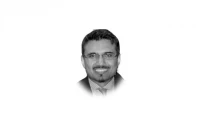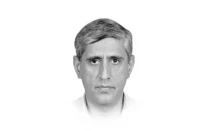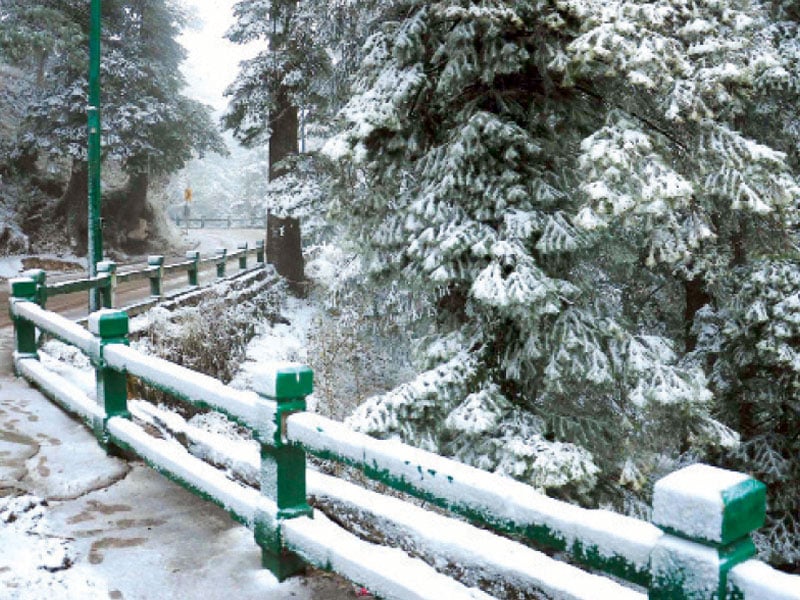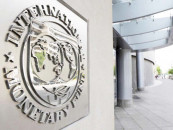Muslim women in crosshairs of India's hate machine
AI-driven disinformation after the Delhi blast fuels Islamophobia, misrepresenting Pakistani women

The chaos that followed the 10 November 2025 blast at Delhi's Red Fort was still unfolding when Indian news channels hurried to stitch together a story they seemed already prepared to tell. While rescue workers were rushing the injured to ambulances and frightened families were desperately trying to reach their loved ones, TV screens were already plastered with the face of a Pakistani woman, Shaheen Shahid - branded a "mastermind" before anyone had even begun to understand what had happened. Within hours, her name was tied to another woman, Afira Bibi, whose CNIC Indian channels had inexplicably been displaying for weeks, as if waiting for a moment like this.
As the story grew, so did the theatrics. Major Indian channels such as Zee TV began airing AI-generated videos depicting Muslim women in abayas and niqabs wielding weapons, marching in formation and training for jihad. These visuals were designed with precision: dramatic music, ominous captions, and carefully edited sequences that blurred the line between fiction and reportage. For an international audience already conditioned by global debates on women's rights and terrorism, this propaganda was crafted to evoke maximum alarm. It portrayed Pakistani Muslim women not as individuals but as extensions of extremist ideology, feeding a sensationalist storyline that required no evidence, only repetition.
This campaign coincided with India's self-proclaimed Operation Sindoor, ostensibly launched to protect "Hindu womanhood". While promoted as a defence of dignity, the operation served a dual purpose: it elevated Hindu women as symbols of national honour and simultaneously demonised Muslim women as embodiments of threat.
The consequences of this propaganda extended far beyond television screens. It contributed to a growing culture of Islamophobia across India, where Muslims are increasingly depicted as inherently suspicious and women in niqab as symbols of radicalisation.
The misuse of technology further compounds this injustice. In 2025 alone, over 1,300 AI-generated posts on Indian social media targeted Muslims, many centring on women. Deepfake visuals, doctored footage and manipulated content were broadcast across reputed national channels, reinforcing Islamophobic stereotypes and spreading communal hatred. This was not random misinformation; it was a carefully orchestrated campaign exploiting the reach of modern technology to weaponise identity.
What made this portrayal particularly cruel is its erasure of the real lived experiences of Pakistani women. For 24 years — from 2001 to 2025 — Pakistan fought an exhausting war against terrorism, losing tens of thousands of lives. Pakistani women bore the brunt of that conflict. They lost husbands, sons, brothers and fathers. They raised families shattered by violence, kept communities functioning in the absence of male relatives and sustained households in the midst of national crisis. No country has seen its women shoulder the costs of terrorism the way Pakistan has. Yet Indian narratives inverted reality, turning survivors into suspects.
Beyond resilience, Pakistani women contribute over $37 billion annually to the economy, working in agriculture, healthcare, education, media, entrepreneurship and the armed forces. Their labour participation, at 25.4%, reflects both historic barriers and remarkable progress. They are doctors, engineers, pilots, lawyers, journalists and peacekeepers. To collapse their diverse identities into the caricature of "potential terrorists" is not only grossly inaccurate but deliberately malicious.
The irony is that while Indian media vilifies Pakistani women, Indian women continue to face severe and systemic challenges.
According to the latest NCRB data for 2023, over 448,000 crimes were reported, including domestic abuse, assault, kidnapping, and 29,670 rapes. Cybercrimes are also rising, with more than 86,000 cases, many targeting women. Uttar Pradesh recorded the highest number of incidents, while Telangana had the highest rate per lakh female population. Despite a charge-sheeting rate of 77.6 per cent, over 90 per cent of cases were still pending trial, leaving many victims without timely justice.
Domestic violence remains widespread and underreported due to stigma and institutional apathy.
In various insurgency-affected regions, Indian women are coerced into roles within militant groups yet excluded from leadership and exploited by the very structures claiming to protect them.
The regional implications of this strategy are significant. By deliberately misrepresenting Pakistani women as actors of terror, Indian media fosters an environment of mistrust, inflames communal tensions and undermines any chance of diplomatic or societal reconciliation. These narratives also affect Muslims within India, who face rising prejudice, surveillance and harassment. Disinformation, once normalised, becomes a self-perpetuating cycle, destabilising not just bilateral relations but internal social cohesion.
Pakistan should systematically document and expose these campaigns across international platforms, from the United Nations to global media watchdogs, human rights bodies and academic forums. Muslim-majority countries and international human rights organisations must unite to challenge these defamations and hold Indian media accountable.
The international community must recognise that when women's identities are weaponised, the human cost is profound and the societal cost immeasurable. Pakistani women, who have endured conflict, loss and hardship with resilience, deserve recognition and dignity - not headlines that twist their lives into instruments of fear. It's time to look beyond the screens, see the real people behind the stories and demand that media responsibility match the stakes of the human lives it portrays.





1729685382-0/Untitled-design-(57)1729685382-0-208x130.webp)











COMMENTS (3)
Comments are moderated and generally will be posted if they are on-topic and not abusive.
For more information, please see our Comments FAQ